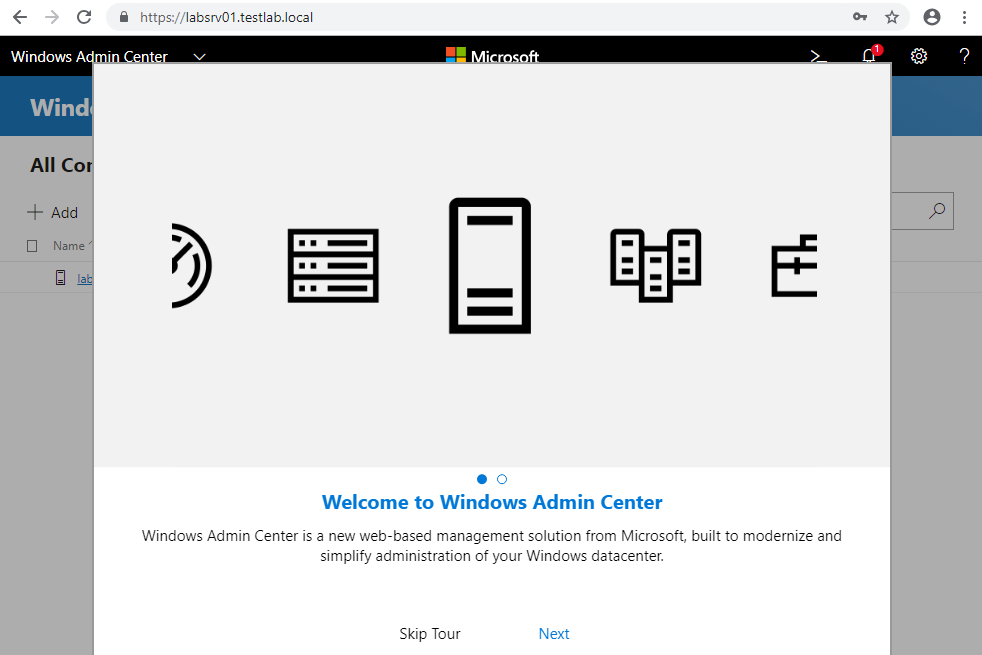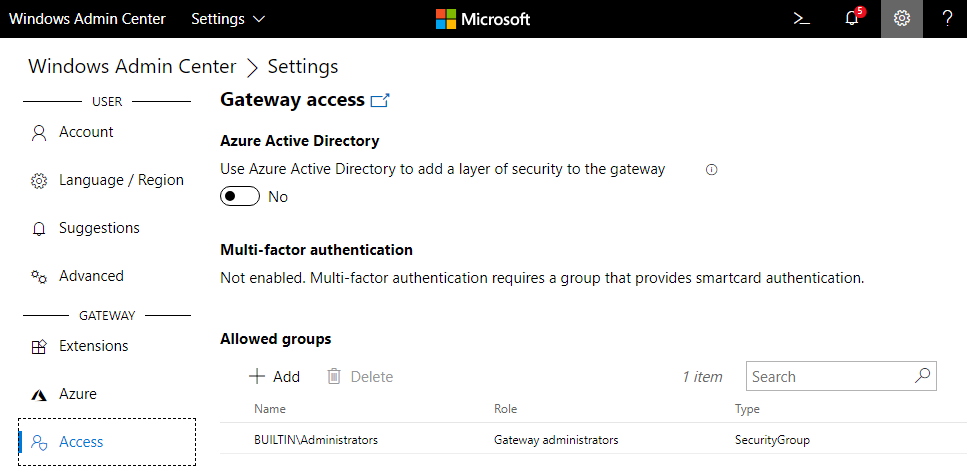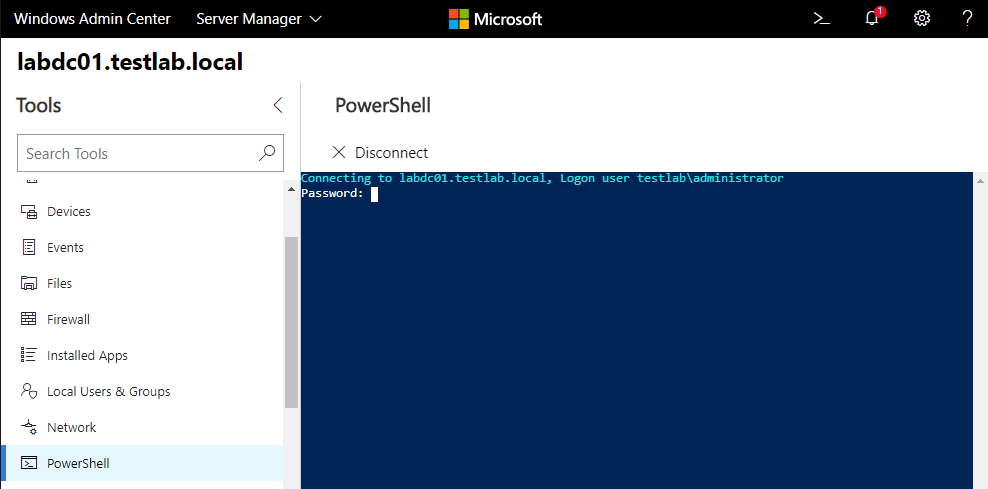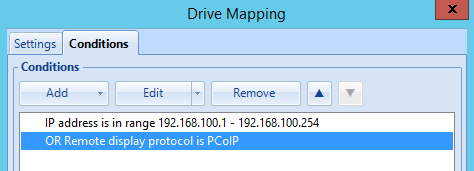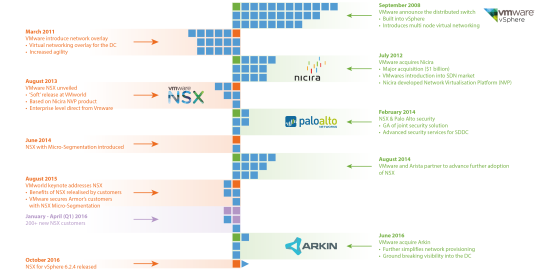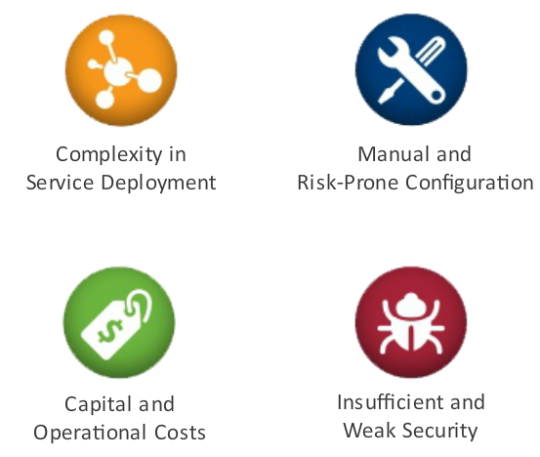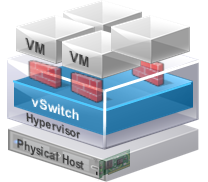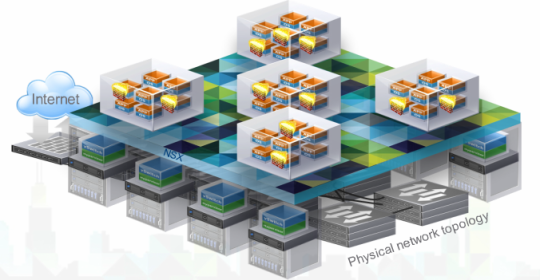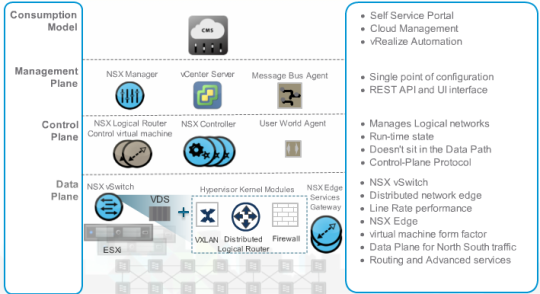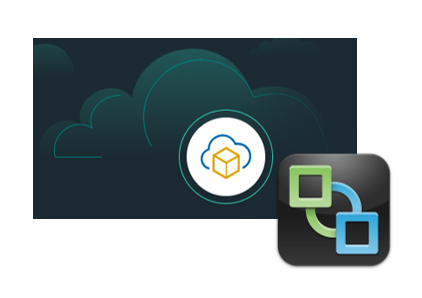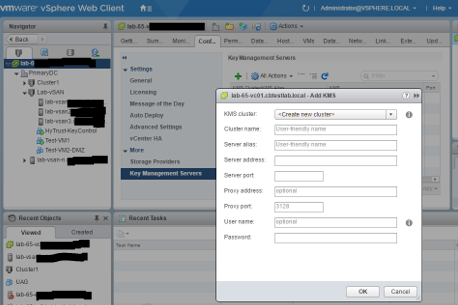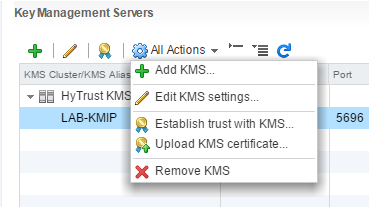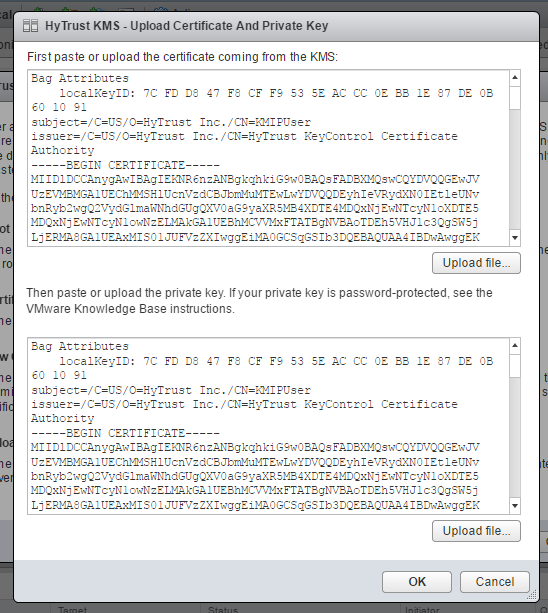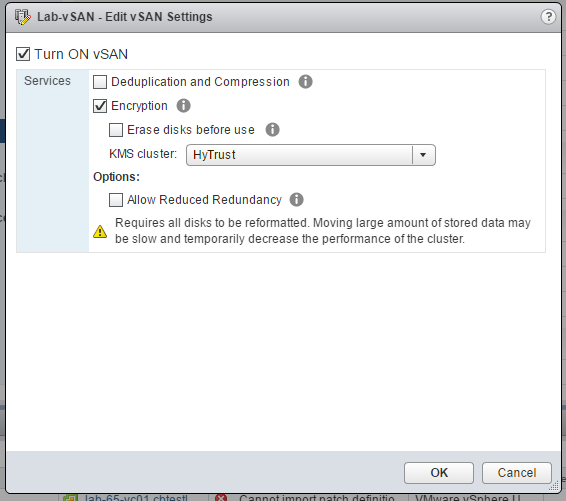Welcome to Windows Server 2016
by Curtis Brown
As we approach the end of the year, Microsoft have released the latest version of their server-side flavour of their Operating System offering – Windows Server 2016. It’s been three years since the release of Windows Server 2012R2. Let’s take a look at some details in this new version.

Editions and Licensing
As featured before, we have Datacentre and Standard versions – the former is now aimed specifically for “highly virtualised datacentre and cloud environments” while the latter is intended for physical servers.
The Datacentre version’s additional features, above and beyond Standard, emphasise this cloud prioritisation:
- Shielded VMs
- Software defined networking
- Storage Spaces Direct
- Storage Replica
In addition, a Standard edition license covers you for two “Operating System Environments” (OSEs – Windows instances) or Hyper-V containers, while Datacentre is unlimited.
There are some additional variants:
- Essentials replaces the old Foundation release aimed at small (25 user / 50 devices) businesses
- MultiPoint Premium Server is a specific edition for Remote Desktop access and is only available to Academic licensees – The MultiPoint Premium Server role is included in Standard and Datacentre, requiring Server CALs and RDS CALs as before
- Storage Server is an OEM release for Windows based storage solutions
- Hyper-V 2016 – the free, Hypervisor only offering continues (remember to license your guests though…)
The big news for Datacentre and Standard is that licensing has moved to a core, rather than the socket based model (as is for all other editions). All cores on a physical host must be licensed, with a minimum license of 16 core licenses per server – with a minimum of 8 core licenses per physical processor. Core license packs are sold in 2-core packs, so a minimum purchase is basically 8 x 2-core packs.
Microsoft state that this will be priced equivalent to a 2 CPU Windows 2012R2 edition. Beware though, if you’ve purchased a new 2-socket box with a pair of Intel Xeon with a high core count, this could look quite pricey. Take a server with two Intel Xeon E5-2699 v4 — this would have 44 cores (each CPU has 22 cores), so straight away, you’re looking at 22 x 2 core licensing packs, which would be the equivalent to buying 3 CPU licenses of Windows Server 2012R2. Draw your own conclusions.
One note – if you have an existing Software Assurance agreement, moving to Core based licensing only kicks in when the agreement is renewed – you’ll be getting a minimum of 8 cores per processor and 16 cores per server licenses for each 2-processor license at renewal of the agreement.
New Toys!
So, now that the pain point of licensing is out of the way, let’s take a look at some of the new features mentioned above.
Shielded VMs
This is a security mechanism that allows administrators to provide a means to secure individual VMs. It leverages a Guardian service that stores keys which an approved Hyper-V 2016 host uses to prove its authorisation to run shielded VMs. Hyper-V 2016 uses Trusted Platform Module (TPM) and UEFI on start-up to ensure it is healthy and provides confirmation of its identity when presenting itself to the Guardian service. If all is well, the Guardian issues a certificate to the host enabling it to run the Shielded VM. The VM itself is encrypted (using BitLocker backed by vTPM) and uses a hardened VM worker process of the host that encrypts all state related content, checkpoints, replicas and migration traffic. The VM also has no console access, including VM external features such as Guest File Copy, PowerShell integration or direct administrative permission to the guest OS.
Software defined networking
Leveraging technology from Azure, Windows Server 2016 networking has gained the ability to deploy policies providing QoS, isolation, load balancing and DNS (amongst others).
This ability is provided through network virtualisation handled by VXLAN based micro-segmentation, much in the same way as VMware NSX.
All this is possible due to the implementation of a new installable Network Controller component. This manages firewalling (vSwitch port all the way to datacentre), Fabric management (IP subnets, VLANs, L2/L3 switching), network monitoring and topology discovery, L4 load balancing and RAS gateway management.
Software Defined Storage
Storage Spaces Direct leverages local storage to create a converged storage architecture, somewhat similar to VMware VSAN. Like VSAN, it’s primarily aimed at storage for virtualisation.
Resiliency to drive failures etc. is configurable by volume type, supporting mirroring (performance) and erasure coding (efficiency). Furthermore, hybrid volumes combine these techniques into a single volume with an added ability of automatic storage tiering.
Storage Replica
Storage Replica offers a built in synchronous replication solution for business continuity and DR.
Containers
Windows 2016 now provides the means to deploy applications in Containers, in keeping with the current trend towards a DevOps model. Developers can package applications and deploy as containers. Containers come in two flavours – Windows Server or Hyper-V. The difference between these is that a Windows Server container is broadly the same as a Linux one. The application itself is containerised, with its own view of the host OS. Hyper-V containers are more virtualisation driven, with the container including an operating system. This leverages hardware virtualisation, and completely isolates the container from the host OS. Windows Server Containers, being somewhat smaller and less resource intensive, scale more efficiently but Hyper-V containers are more isolated and secure.
In addition, Windows 10 Professional and Enterprise Anniversary Editions both support Containers, allowing developers to create containers on their workstations and deploy to Windows Server 2016.
Nano Servers
Nano Server is a Windows 2016 deployment option that provides the ability to deploy the smallest possible footprint Windows Server installation. It is so small that it runs headless, with no GUI etc. so taking Server Core to the next level. It’s designed specifically for Cloud workloads and specific use cases (including Containers). Being such a small install reduces the surface area and so improves security whilst reducing the patching and support overhead.
Nano isn’t selected as an installation option – deployment requires customisation of the image for a variety of reasons, not least defining device drivers as it lacks user-mode plug-play.
Closing Thoughts…
We’ve only scratched the surface of the new features of Windows Server 2016. Many of these are quite attractive, even when expanding beyond the Microsoft world. I can see Nano in particular being an interesting option in a VMware vSphere platform for application delivery, perhaps as a part of a vRealize Automation solution. Of course, time will tell how successful these new features are – network virtualisation for example will need to compete with the traditional networking player offerings by Cisco etc. as well as software solutions such as VMware NSX.
Of course, licensing is a question mark of its own which will have implications for most customers, including those running VMware vSphere. I’m looking forward to seeing how Windows Server 2016 is accepted into the marketplace and how it develops.
About the Author
Curtis Brown joined the Xtravirt consulting team in October 2012. His specialist areas include End User Compute solutions and Virtual Infrastructure design and implementation with particular strength in VDI, storage integration, backup and Disaster Recovery design/implementation. He is a VMware vExpert 2016


